How to Manage Major Change in a Historic Site?
How does a historical plantation that has become a 3400-acre forested nature sanctuary metamorphose into a historic site and do so with only modest changes to the landscape? What kinds of new visitor facilities and services might be needed? In the process, how might it best preserve and utilize its historical resources, both below and above ground? How might it develop meaningful relationships with descendants of white and African American families who still live in the area? What might it learn from an archaeological survey? What might it learn, for example, from the archaeological site of a riverbank trading post prominent during the colonial era where cultures from Europe, Africa, and North American met and mixed? What stories might an African American cemetery, dating probably to the antebellum 19th century, tell? Can we write chapters in the biography of Eliza Collick, the African American woman whose marker tells us she died in 1898, at 110 years old?
The site, Silver Bluff, lies along the Savannah River, just downstream from North Augusta, SC. It is today owned by the SC National Audubon Society and operated as a nature sanctuary, a remarkable one at that, rich in natural resources and offering birds a much need resting place along the Atlantic flyway, as well as a diverse habitat for birds that nest there. Today, the Audubon Society would like to better manage the abundance of the site’s historical resources and to hire me to assist them in that change over the next year. Fortunately, Silver Bluff is not alone, for nearby is Redcliffe whose main house was built by Silver Bluff’s owner, James Henry Hammond, in the late 1850’s. Redcliffe is now owned and operated by the state as a historic park, so opportunities for partnerships would benefit each.
Seen in the attached photographs are the Society’s excellent director, Sharon Richardson, and its chairman, Clemson zoologist and ornithologist Drew Lanham, plus a range of images of Silver Bluff, including its location on the Savannah River.
As for my approach, I will use polarity thinking, a nationally respected organizational development strategy, which accents “both/and” rather than “either/or.” That is, I will seek to balance both nature and history as well as continuity and change, in order for the site to attract a wider base for funding through earned and unearned income and to become more sustainable. Preservation will be a must, as will finding ways to maximize return on current programs and to devise new ones in strategic ways.
Significant questions and choices will arise over the next 12 months, and I’ll learn new things, I’m sure. I already have. Do you know what “vertical diversity” is in land management? Or how far a banded prothonotary warbler, which weighs about ½ ounce, might travel as it departs in the fall and returns in the spring to approximately the same acre from which it left?
As I venture forth into a new chapter of my “retirement,” see also my Linked In and Facebook pages (my active page show’s me holding a spottail bass). Your comments, questions, and suggestions are welcomed and will mean a lot.
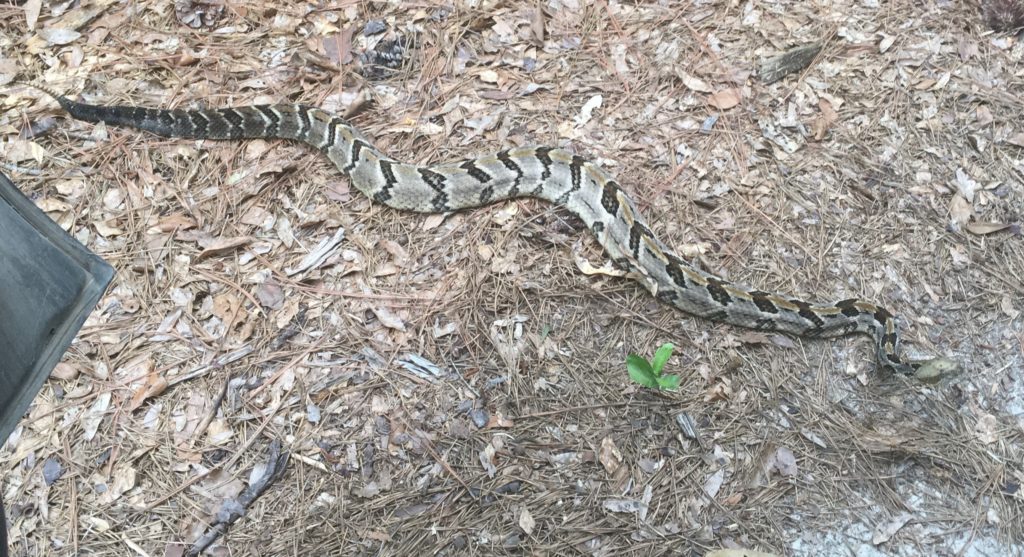
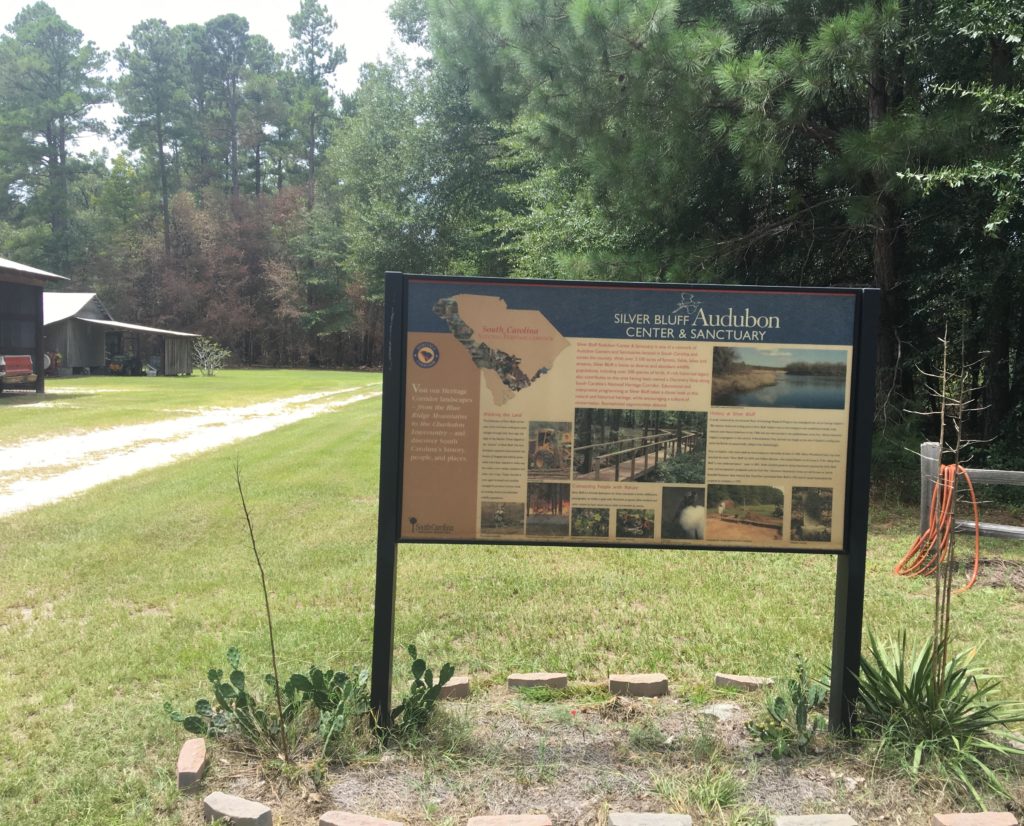
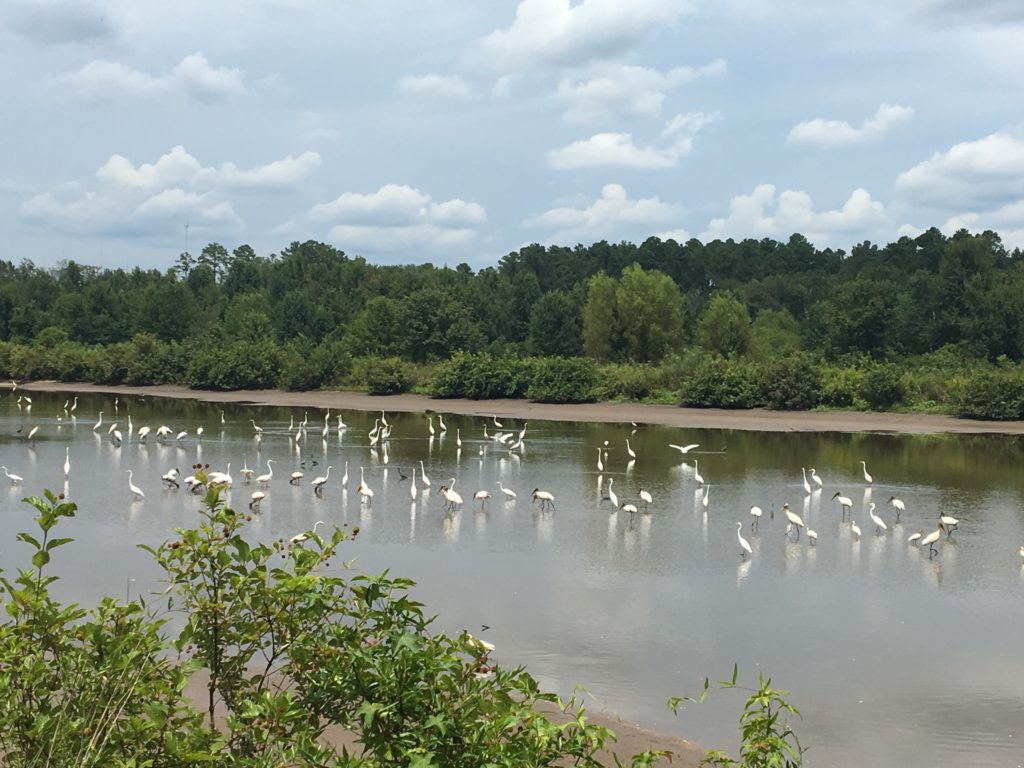
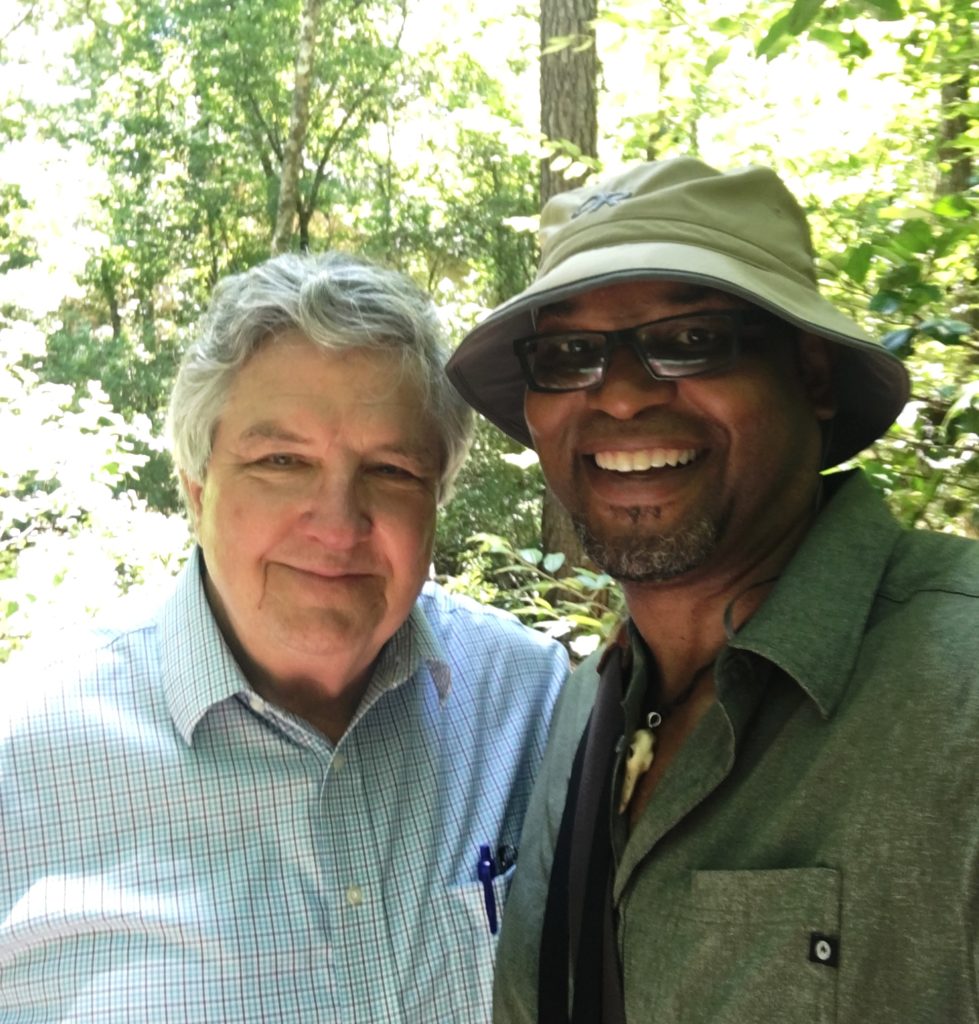
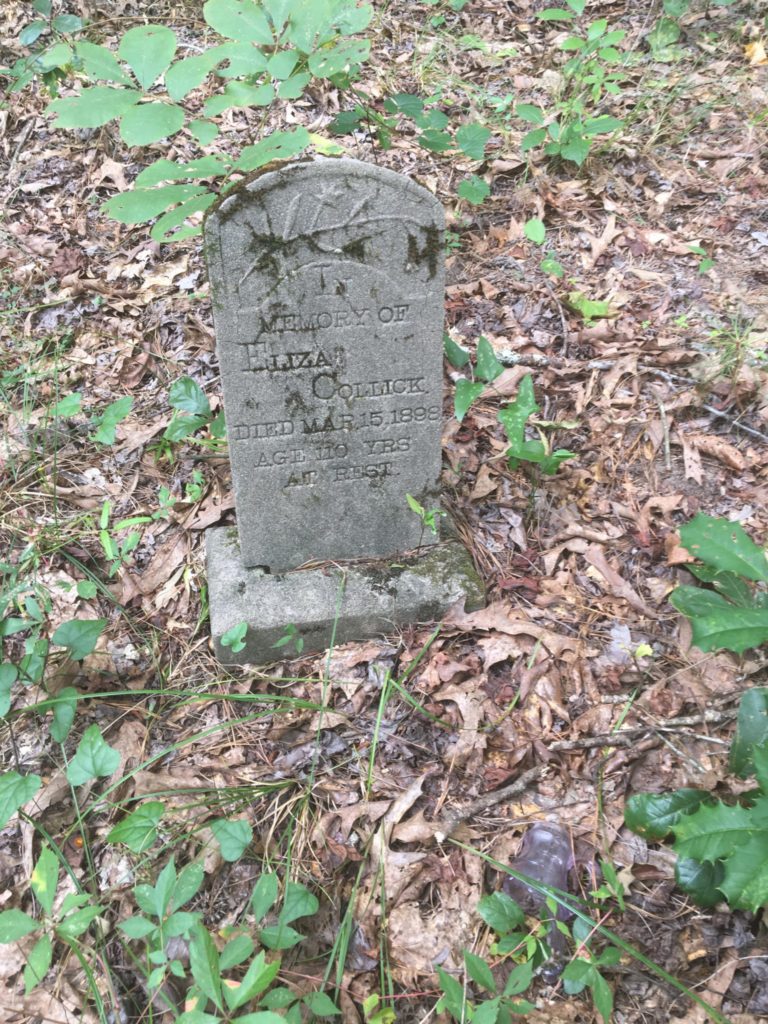
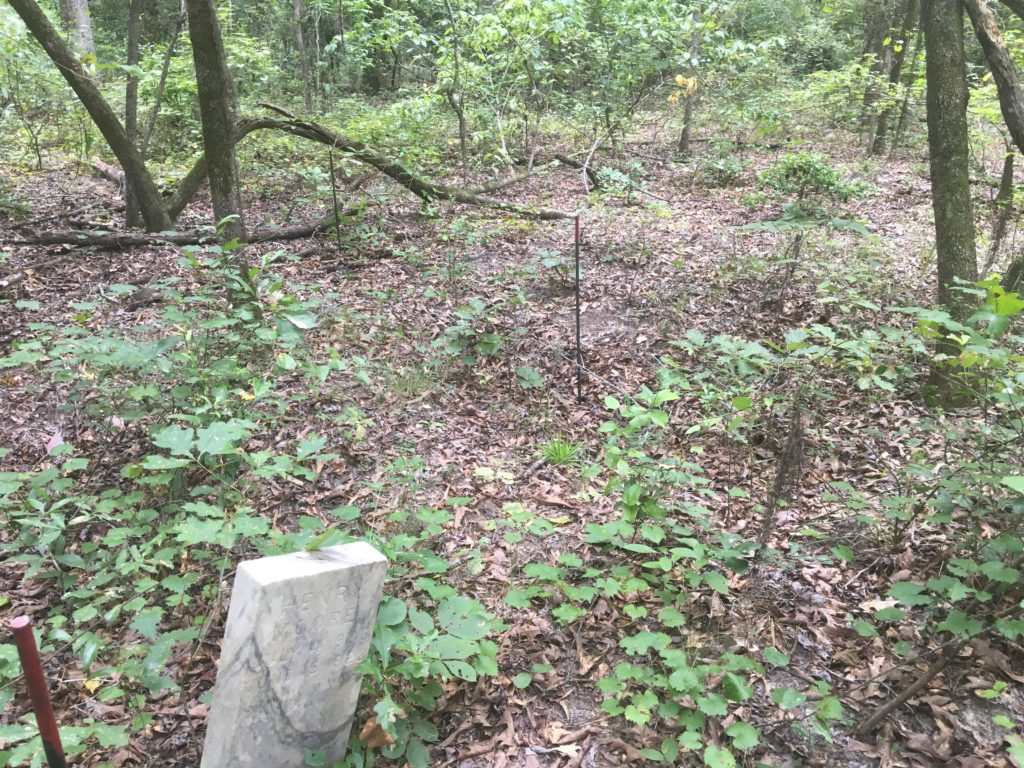
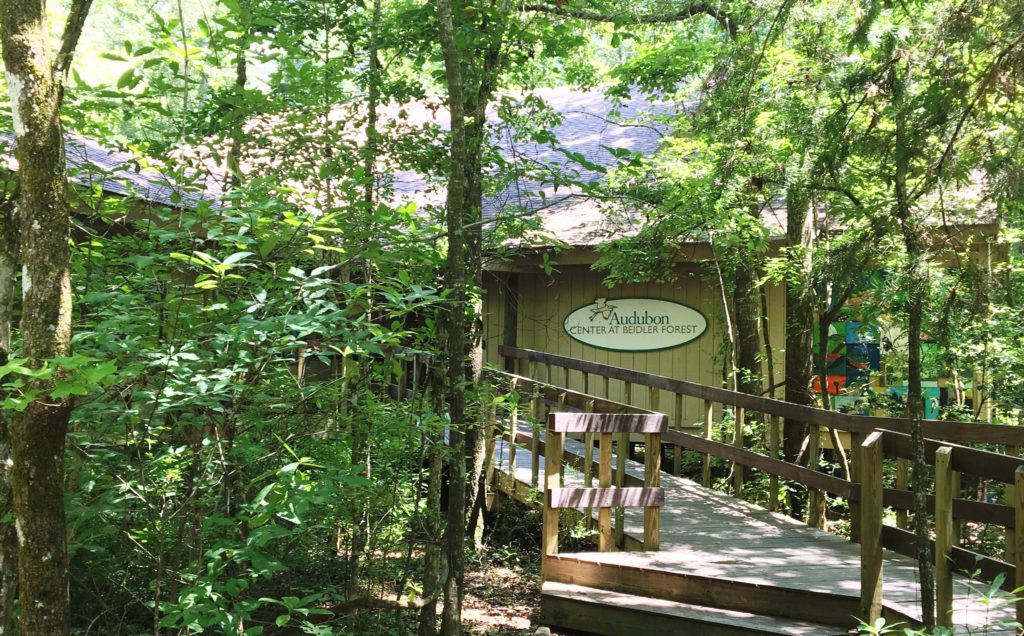
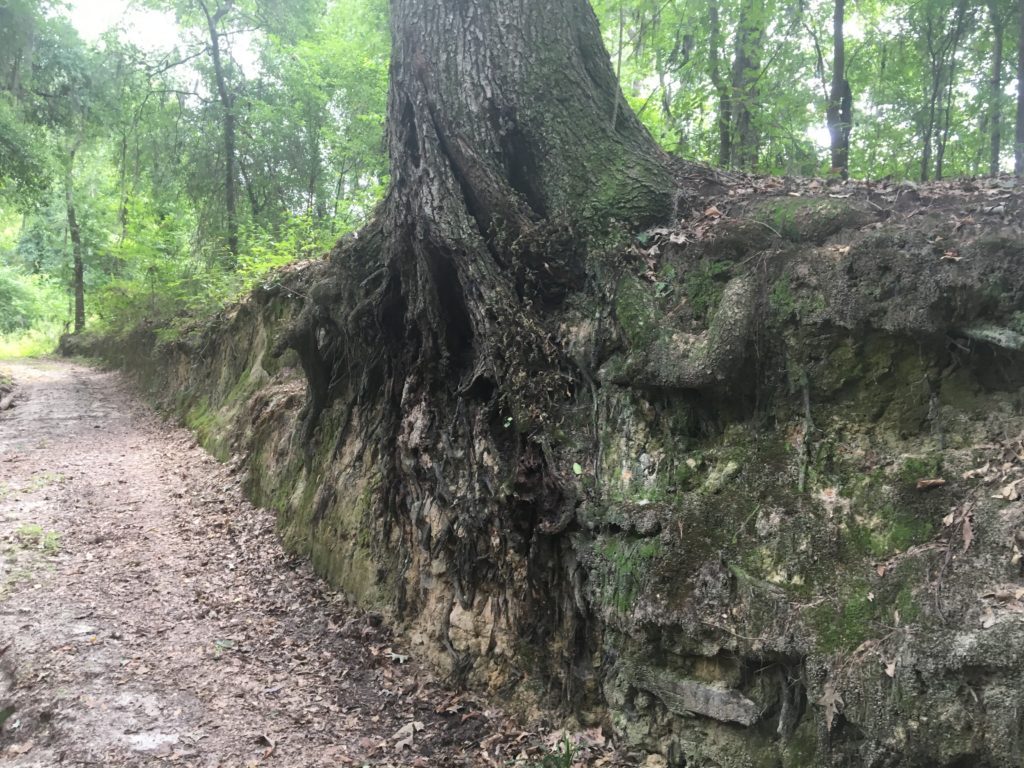
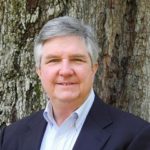 George W. McDaniel, Ph.D., is President of McDaniel Consulting, LLC, a strategy firm that helps organizations use history to build bridges within itself and to its broader constituents. The company’s tag line, “Building Bridges through History,” is grounded in McDaniel’s personal beliefs and his experience in site management, preservation, education, board development, fundraising, and community outreach. Rather than using history to divide us, he strives to help organizations use history, especially local history, to enhance cross-cultural understanding and to support local museums, preservation, and education. Dr. McDaniel recently led volunteer efforts with Emanuel AME Church and historical organizations in Charleston to use historic preservation to enhance racial reconciliation and healing. McDaniel is also the Executive Director Emeritus of Drayton Hall, a historic site in Charleston, SC, owned by the National Trust for Historic Preservation.
George W. McDaniel, Ph.D., is President of McDaniel Consulting, LLC, a strategy firm that helps organizations use history to build bridges within itself and to its broader constituents. The company’s tag line, “Building Bridges through History,” is grounded in McDaniel’s personal beliefs and his experience in site management, preservation, education, board development, fundraising, and community outreach. Rather than using history to divide us, he strives to help organizations use history, especially local history, to enhance cross-cultural understanding and to support local museums, preservation, and education. Dr. McDaniel recently led volunteer efforts with Emanuel AME Church and historical organizations in Charleston to use historic preservation to enhance racial reconciliation and healing. McDaniel is also the Executive Director Emeritus of Drayton Hall, a historic site in Charleston, SC, owned by the National Trust for Historic Preservation.
A frequent writer, speaker, and facilitator about such issues, he can be reached at gmcdaniel4444@gmail.com or through his website at www.mcdanielconsulting.net.
Header Image: Sharon Richardson, center right, and Drew Lanham to her right, lead the planning committee meeting of the South Carolina National Audubon Society Board.
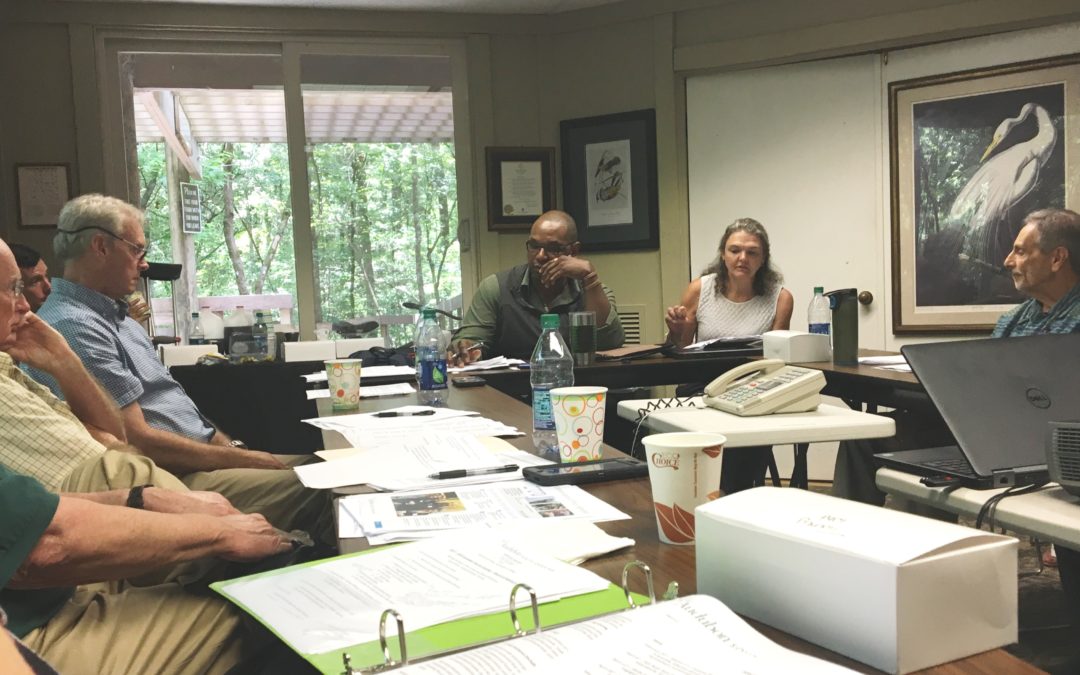
 McDaniel Consulting LLC is a strategy firm that helps organizations use history to build bridges within itself and its broader constituents.
McDaniel Consulting LLC is a strategy firm that helps organizations use history to build bridges within itself and its broader constituents.